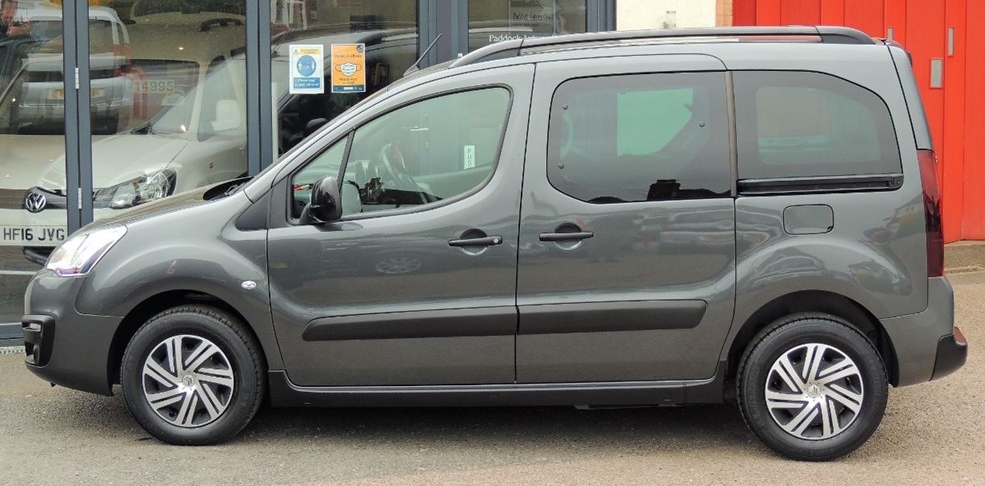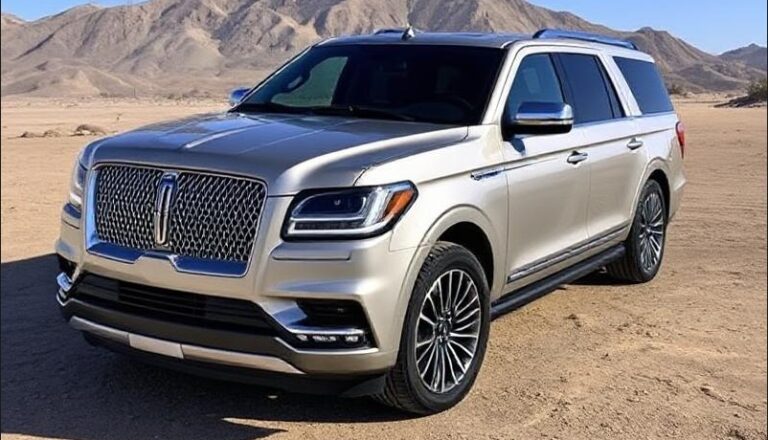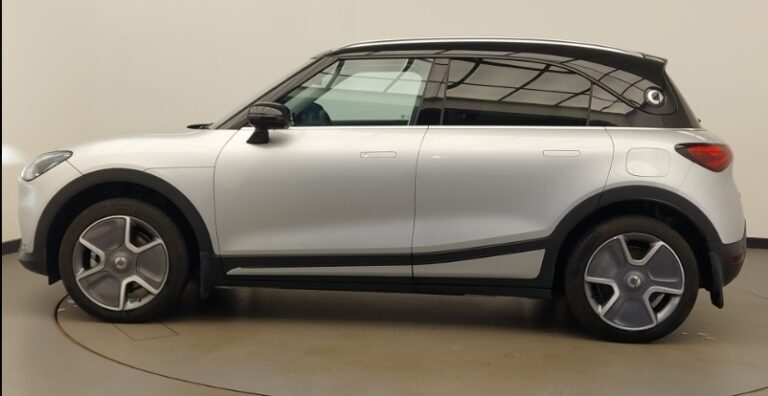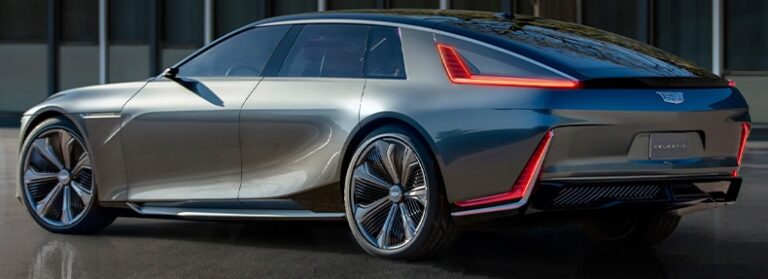The Evolution of the Citroën Berlingo
The Citroën Berlingo has established itself as a versatile and practical compact van and leisure activity vehicle since its inception. Over the decades, it has evolved through multiple generations, adapting to changing market demands, technological advancements, and customer preferences. This article traces the detailed history of the Citroën Berlingo, including its production years, model variants, and trim levels.
Origins and First Generation (1996–2008)
Introduction and Development
Launched in 1996, the Citroën Berlingo was initially developed in partnership with Peugeot, sharing its platform with the Peugeot Partner. It was designed to serve both as a practical commercial van and a family leisure vehicle, embodying versatility and utility.
Production Timeline
- Start of Production: 1996
- End of Production: 2008
The first-generation Berlingo was produced for over a decade, establishing itself as a popular choice in Europe.
Key Variants and Models
1. Berlingo First (1996–2008):
This initial model was available as a panel van, a combi, and a multi-space passenger version. It was known for its boxy shape, spacious interior, and simplicity.
2. Berlingo Multispace (2003–2008):
A more family-oriented variant, the Multispace featured a higher roofline, flexible seating configurations, and increased comfort features.
Trim Levels
During its early years, the first-generation Berlingo was offered in various trim levels, including:
- X: Basic model with essential features.
- SX: Added comfort and convenience features.
- VTR: Sportier trim, offering aesthetic enhancements and additional equipment.
- HDI variants: Diesel models offered with various power outputs, notably 1.9L and later 2.0L HDI engines.
Powertrain Options
The first-generation Berlingo was equipped with a range of petrol and diesel engines:
- Petrol: 1.4L and 1.6L
- Diesel: 1.9L and 2.0L HDI engines
The HDI diesel engines were appreciated for their fuel efficiency and durability.
Second Generation (2008–2018)
Launch and Development
The second-generation Citroën Berlingo was unveiled at the 2008 Geneva Motor Show. It marked a significant upgrade in design, technology, and comfort, while maintaining its core principles of practicality.
Production Timeline
- Start of Production: 2008
- End of Production: 2018
Design and Features
The second-gen Berlingo adopted a more modern and aerodynamic exterior while preserving its iconic boxy shape. The interior was significantly improved with better materials, more advanced infotainment systems, and enhanced safety features.
Variants and Models
1. Standard Van:
Continuing as a commercial vehicle with various payload capacities.
2. Multispace/Combi:
Family-oriented version with flexible seating and cargo options.
3. Electric Version – Berlingo Electric (2013):
An important addition, the electric variant was designed to appeal to eco-conscious consumers and urban drivers.
Trim Levels
Throughout this period, the Berlingo was available in multiple trims, often reflecting the level of equipment and features:
- X: Entry-level with essential features.
- LX: Added comfort features like air conditioning, electric windows.
- VTR/VT: Sportier trims with aesthetic enhancements.
- VTR+ / XTR: Higher trims with upgraded interior and exterior features.
- Enterprise: Commercial-focused trims with basic workhorse features.
- BlueHDi variants: Diesel models featuring the efficient BlueHDi engines, including 75, 100, and 120 horsepower options.
Powertrain Options
The second-generation models offered:
- Petrol engines: 1.2L PureTech (later), 1.4L, 1.6L
- Diesel engines: BlueHDi 1.6L and 2.0L variants, with outputs ranging from 75hp to 120hp
- Electric: 22.5 kWh battery providing approximately 170 km (WLTP) range
Notable Features
- Improved safety with ESP, hill-start assist, and optional lane departure warning.
- Enhanced infotainment with touchscreen options.
- Flexible seating configurations, especially in Multispace models.
Third Generation (2018–Present)
Introduction and Market Position
Unveiled at the 2018 Geneva Motor Show, the third-generation Citroën Berlingo represented a major redesign, emphasizing comfort, connectivity, and practicality. It was built on the Peugeot-Opel-Citroën platform (EMP2), sharing components with models like the Peugeot Rifter and Opel Combo.
Production Timeline
- Start of Production: 2018
- Current Production Status: Ongoing (as of 2023)
Design and Innovations
The third-gen Berlingo features a more refined exterior with smoother lines, modern lighting signatures, and a more spacious interior. It offers a wide range of technological features, including advanced driver assistance systems, touchscreen infotainment, and connectivity options.
Variants and Models
1. Van:
Available in different payload configurations, suited for commercial use.
2. Multispace / Passenger Version:
Designed for family and leisure use with flexible seating arrangements and comfort features.
3. Electric Version – ë-Berlingo (2021):
A fully electric variant introduced to meet urban mobility needs, featuring a 50 kWh battery and a range of approximately 280 km (WLTP).
Trim Levels
The third-generation Berlingo is offered in several trim levels, often reflecting features and equipment:
- Feel: Base trim with essential features.
- Feel Pack: Adds upgraded infotainment, safety, and comfort features.
- Shine: Top-tier trim with premium interior, advanced safety, and driver assistance features.
- Vibe (Electric variant): Entry-level electric model with essential features.
- Driver Assistance Packs: Optional packages including adaptive cruise control, lane assist, and parking sensors.
Powertrain Options
- Petrol: 1.2L PureTech with outputs of 110hp and 130hp.
- Diesel: 1.5L BlueHDi with 75hp, 100hp, and 130hp.
- Electric: ë-Berlingo with 50 kWh battery and 136hp.
Technological and Safety Features
- Digital instrument clusters.
- Advanced infotainment systems with Apple CarPlay and Android Auto.
- Safety features such as lane keeping assist, blind-spot monitoring, and parking assist.
.
Many car aficionados have multiple hobbies, like boating as well as auto stuff. Those who don’t already own a boat (and even some that do), may have thought about building their own boats. It’s really not as hard as you’d think. Just take a look at these easy boat building plans!

.
Summary of the Model and Trim Evolution
| Generation | Years Produced | Notable Models and Variants | Common Trim Levels | Powertrain Options |
|---|---|---|---|---|
| 1st Gen | 1996–2008 | Van, Multispace | X, SX, VTR, HDI variants | Petrol: 1.4L, 1.6L; Diesel: 1.9L, 2.0L HDI |
| 2nd Gen | 2008–2018 | Standard van, Multispace, Electric | X, LX, VTR/VT, VTR+, XTR, Enterprise, BlueHDi trims | Petrol: 1.2L, 1.4L, 1.6L; Diesel: 1.6L BlueHDi, 2.0L BlueHDi; Electric: 22.5 kWh |
| 3rd Gen | 2018–present | Van, Multispace, ë-Berlingo | Feel, Feel Pack, Shine, Vibe | Petrol: 1.2L PureTech; Diesel: 1.5L BlueHDi; Electric: 50 kWh ë-Berlingo |
Conclusion
The Citroën Berlingo has undergone significant evolution since its debut in 1996. From its utilitarian beginnings to the modern, technology-rich vehicles of today, it has maintained its core identity as a practical, flexible vehicle suitable for both commercial and leisure use. Its various models, trims, and powertrain options reflect the brand’s commitment to versatility, innovation, and adapting to customer needs.
As of 2023, the Berlingo continues to be a strong player in the compact van segment, with its latest generation exemplifying technological advancement and environmental consciousness through the introduction of electric variants. Its evolution mirrors broader trends in automotive design and mobility, ensuring its relevance well into the future.







